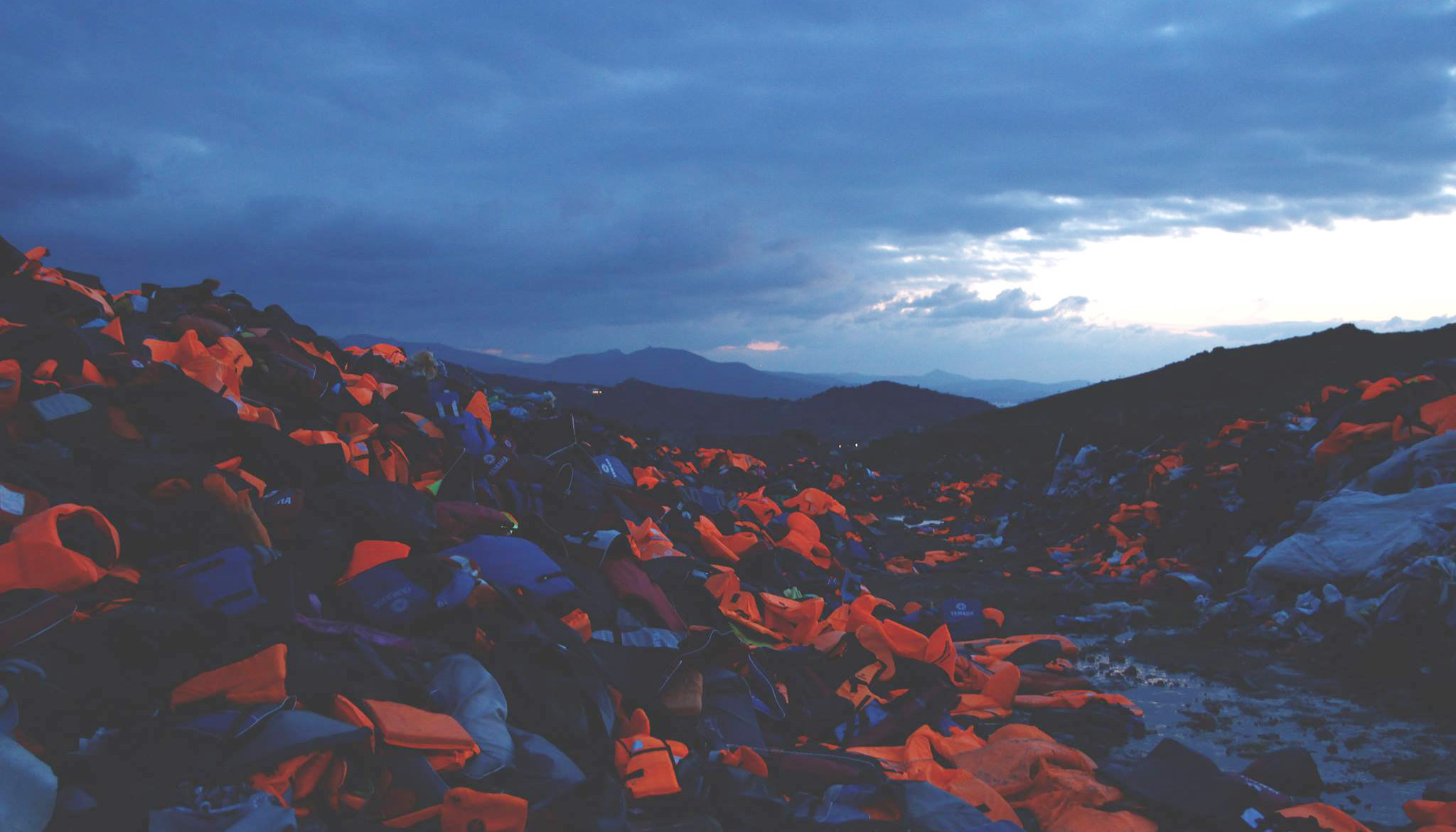Lessons from Lesvos for Lift Project team
Four students visited the Greek island of Lesvos, inspired by a brief to find solutions to alleviate the migrant crisis.

When Eve Żórawska left Finland for Greece in mid-March for the island of Lesvos with three fellow Aalto students, her thought at the back of her mind was that the team’s aim of lending a hand in the migrant crisis was naïve and over-optimistic. By the time the team had returned to Finland two weeks later, nobody could accuse them of naivety.
Eve, who comes from Canada, along with Syrian national Faisal Al Barazi, Oona Anttila, who was the group’s only Finn, and Melanie Wolowiec from Germany travelled with their mentor Kristjana Adalgeirsdottir, Architect and Project Researcher in Aalto’s School of Architecture, to work on solutions to alleviate the migrant crisis on Lesvos. The project is a part of Aalto’s Sustainable Global Technologies (SGT) programme.
More than half a million refugees from countries including Syria, Iraq and Afghanistan made the perilous crossing from Turkey to Lesvos between January 2015 and February 2016.
“We were full of enthusiasm and thought we were well prepared when we arrived,” says Melanie. “It was surprisingly easy to get into conversations, some of them quite philosophical, with the local people. They’ve been badly hit by the fall in tourism, and more than one café owner told us, ‘In a year’s time we will be the refugees’.” In fact, many Lesvos residents are the descendants of migrants who came from Turkey in the 1920s.
“We were surprised how close Turkey seemed – we could see its coastline quite clearly – and the stretch of water didn’t seem dangerous, but the sea can be rough out there,” says Oona. “Our project, the Lift Project, had three main aims: to lift the thousands of life jackets and clean the beaches; to develop recycling ideas to lift the jackets into new uses; and to lift the European attitude to make it more sympathetic and positive towards the refugees.”
Working in night shift
“We started our work with the Lighthouse Relief NGO by cleaning the beaches,” says Faisal. “It’s a very rocky shoreline, and the clean-up of the mountain of life jackets was important not just because of its environmental effect, but because it gave the migrants a place to aim for when landing their boats. It’s not the safest place to land.”
The team also worked on shifts in the refugee camps, assisting with initial processing and wrist-banding of the migrants, separating the asylum applicants according to their prospects of eligibility. “The night shift that we worked was one of the most intense nights I’ve ever spent,” says Melanie.
Many migrants had lost official documents when coming ashore. “We found a lot of ID documents when we were cleaning up the shore,” says Oona, who also recounts heart-breaking tales of children travelling alone and of mothers suffering from psychosis.
Just as the team were preparing to return to Finland the news came in of the agreement between the EU and Turkey, under the terms of which many would-be migrants were to be deported from Greece to Turkey. As they arrived home, and although the boats from Turkey continued to wash up on the shores of Lesvos, the new situation gave them more food for thought about how to continue their project.
“In some ways we achieved more than we thought we would,” says Eve. “Personally, when I saw how big the job was, I realised you have to get into all sorts of philosophical debates about migration.”
“On our first day we were super confident, but when we got there we began to see the real complexity of the situation,” says Oona. All the team agreed that the visit had been essential in order to grasp the problem, to present their findings clearly, and to look at ideas for recycling the life-jacket material.
“One of our main goals was to raise awareness of the problem and tell the story,” Oona concludes. “We feel we’ve been especially successful in that.”

Text: Tim Bird
Photos: The Lift Project

